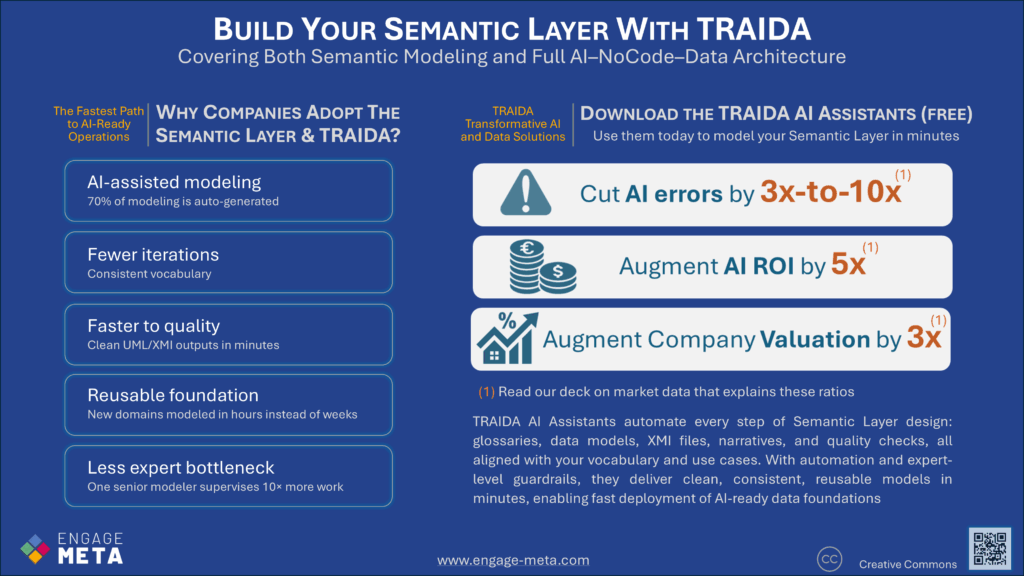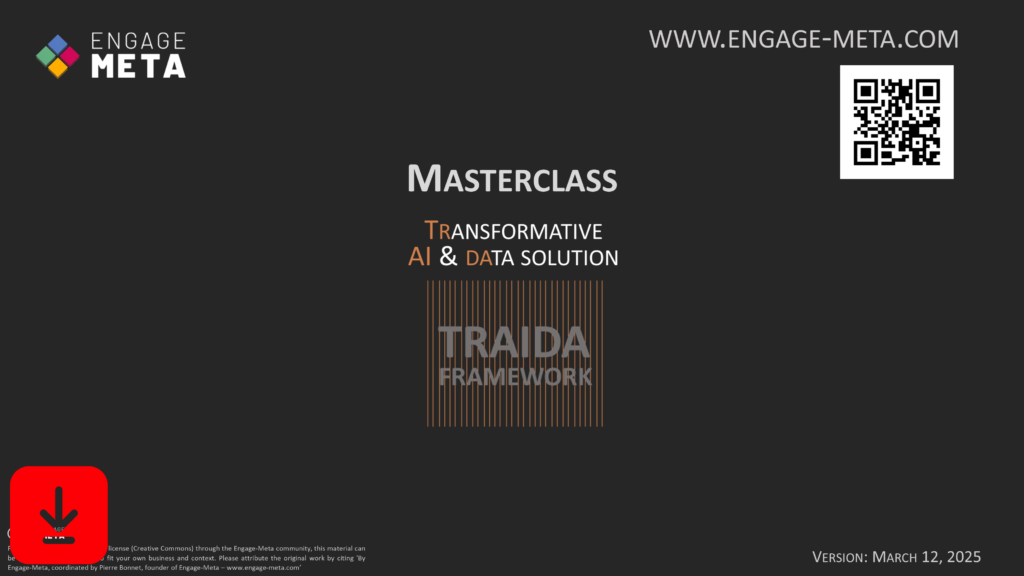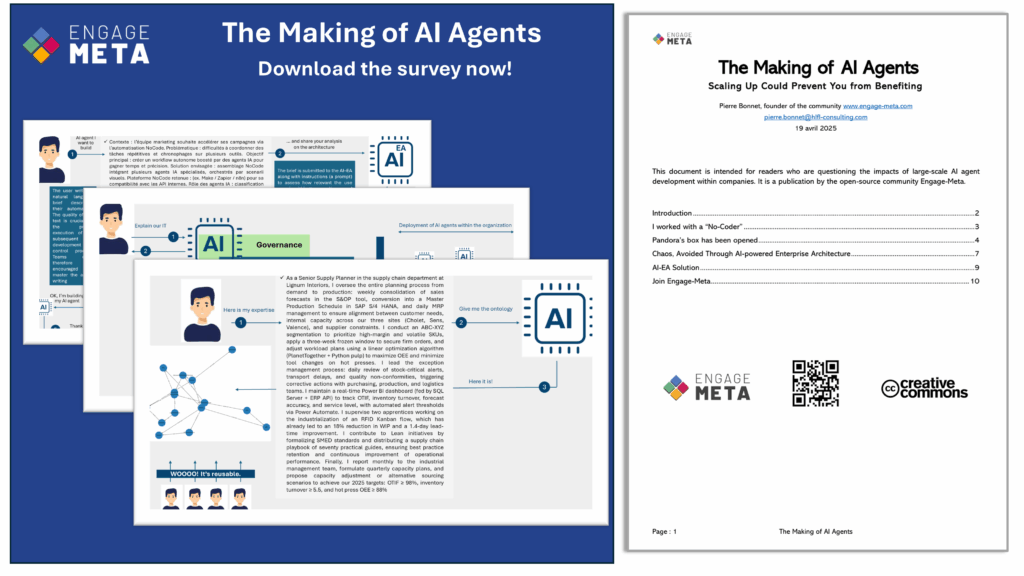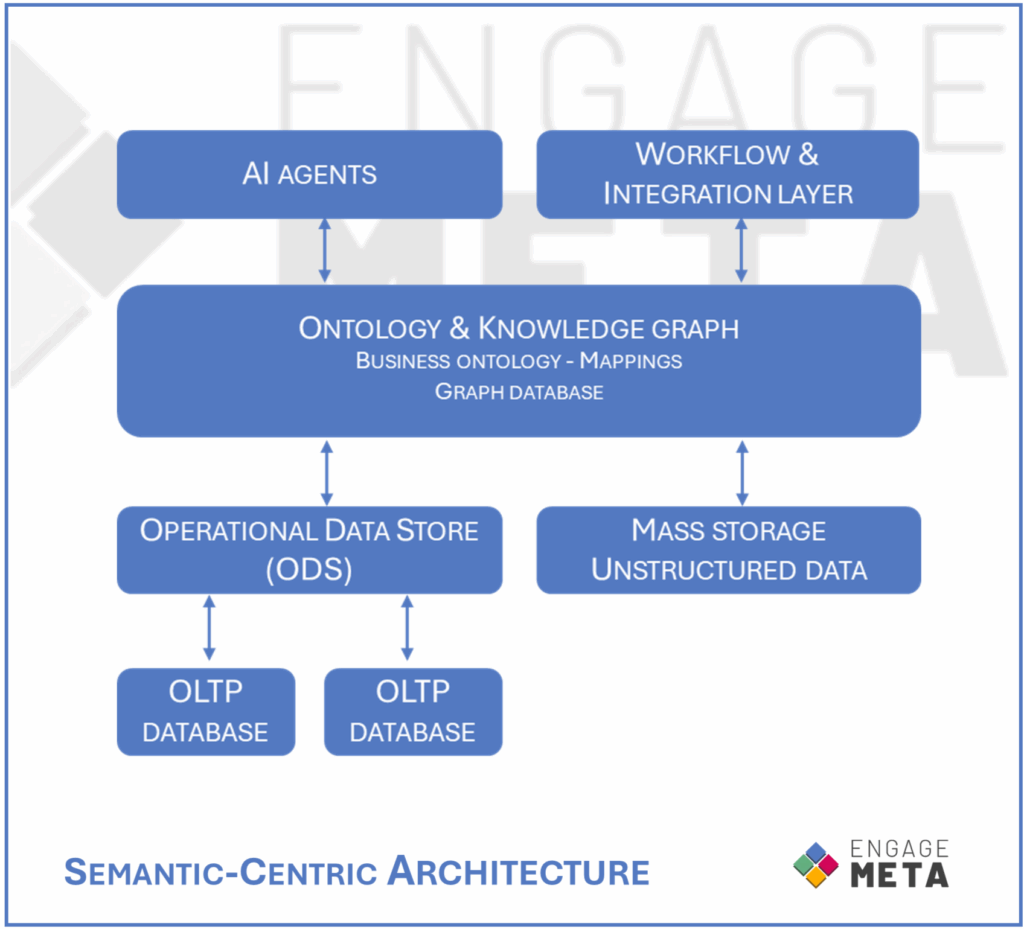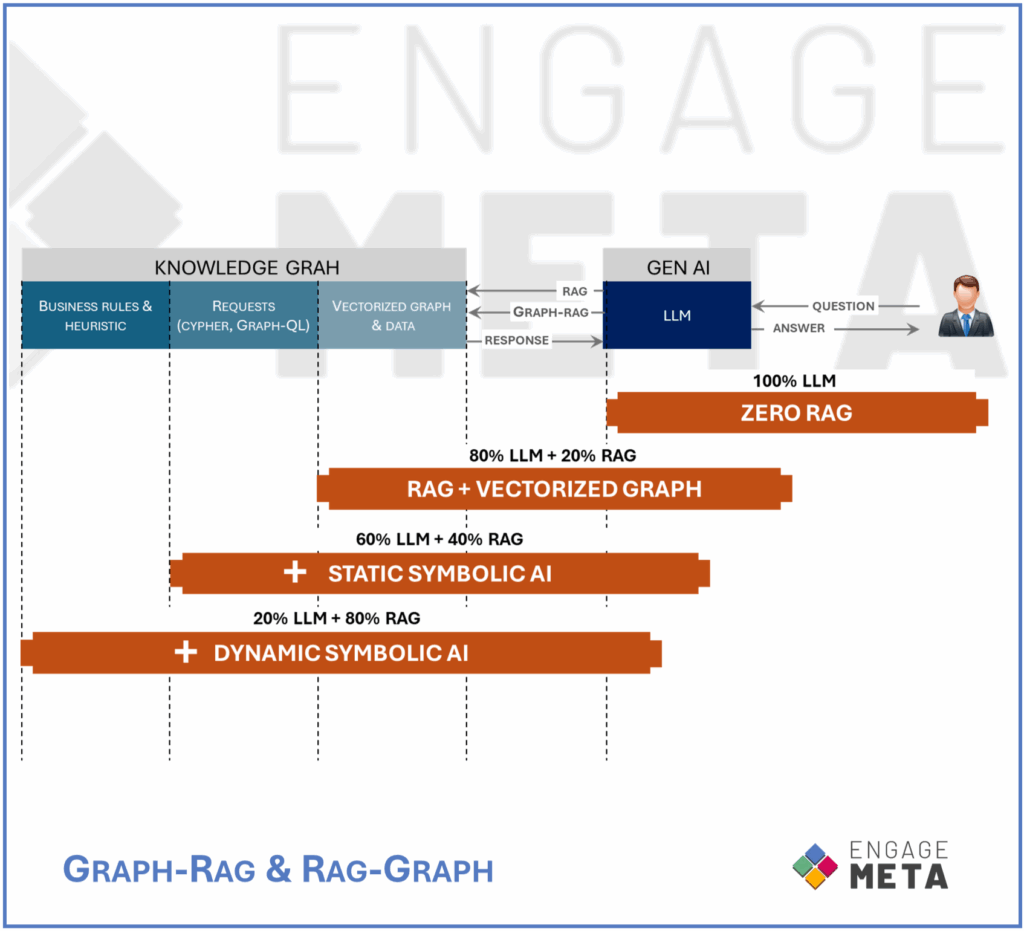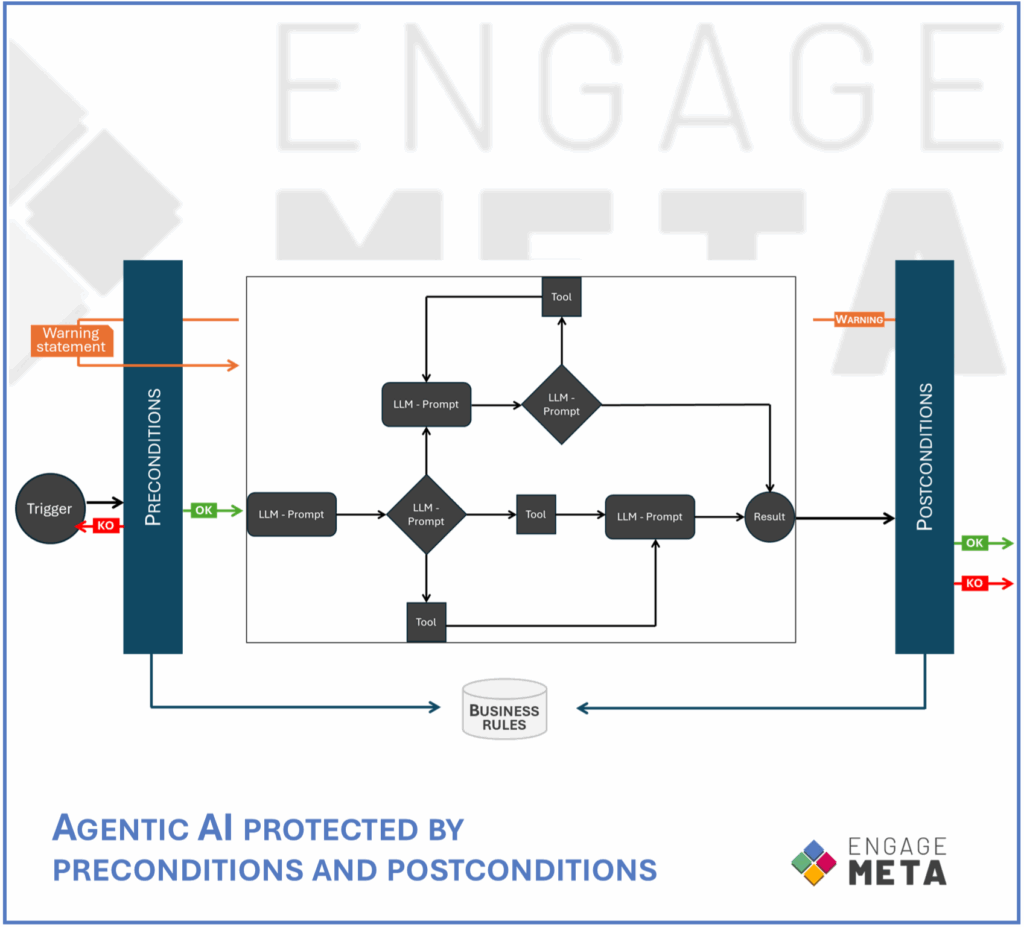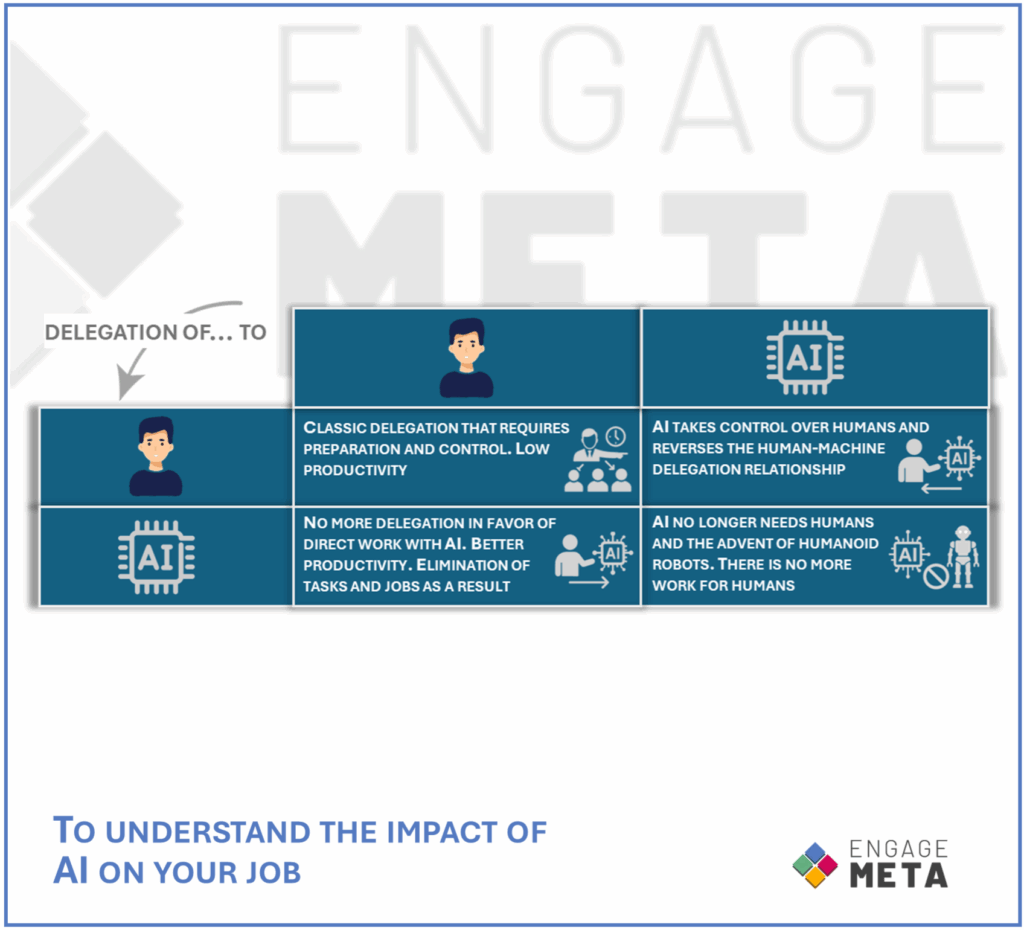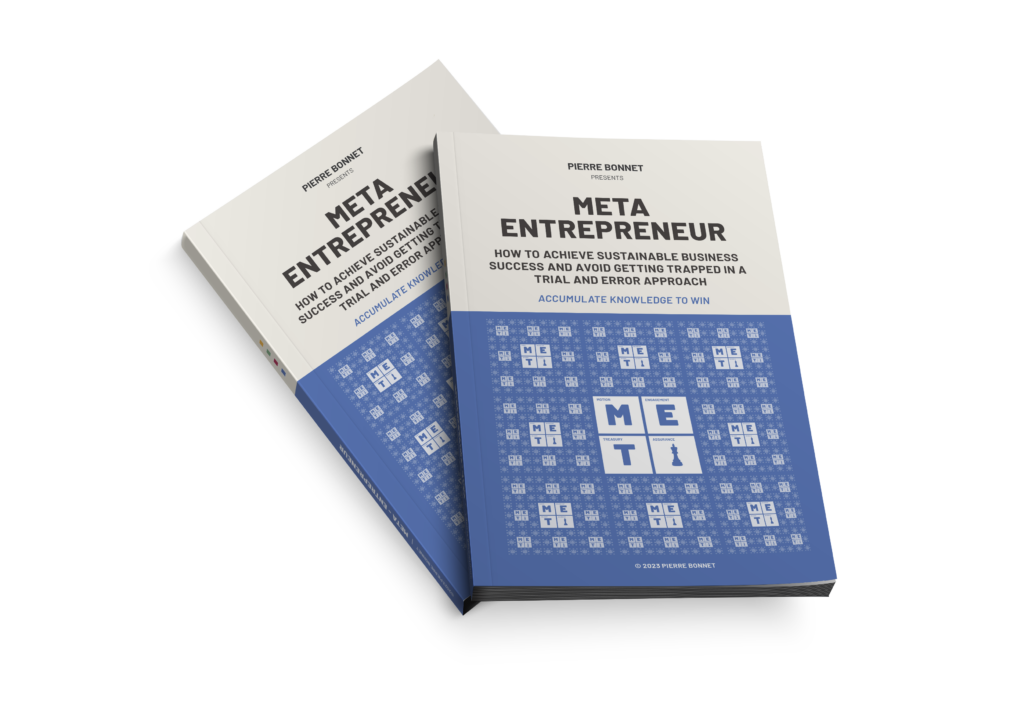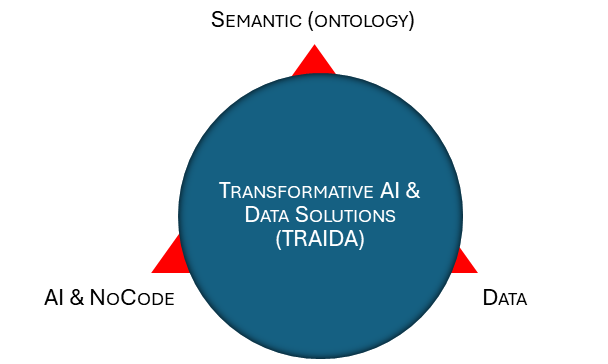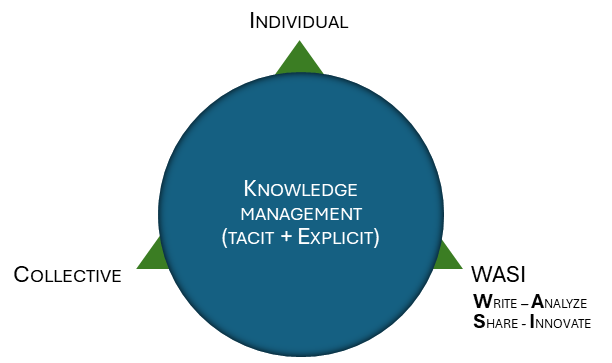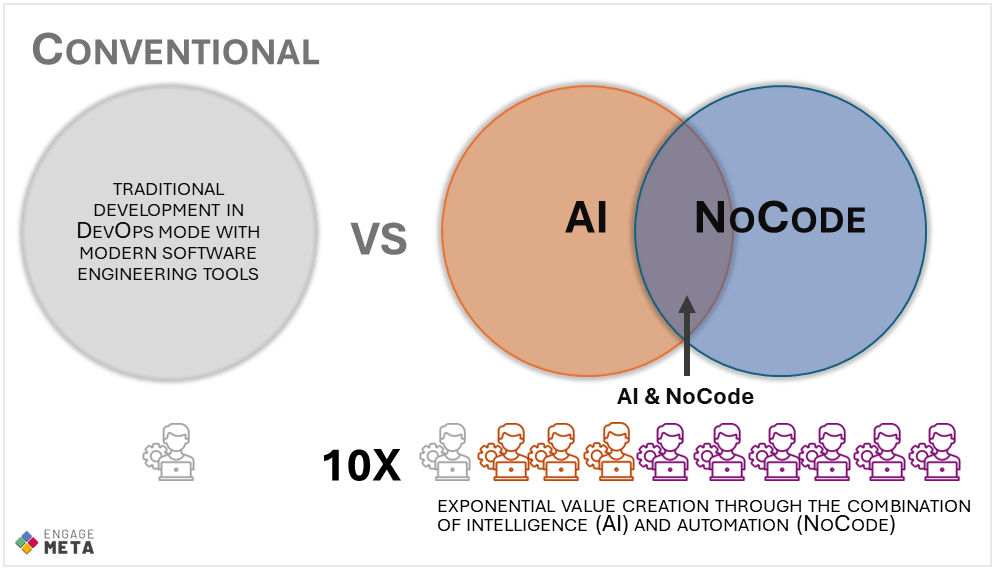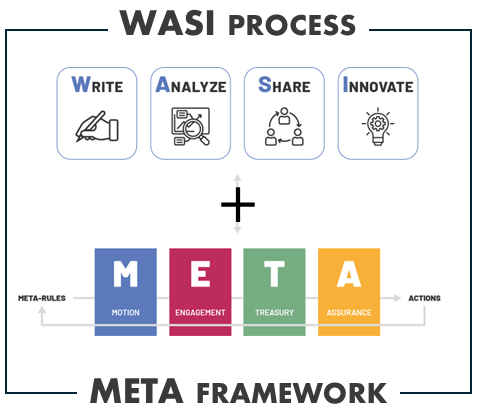ENGAGE-META
COMMUNITY
Accumulating knowledge to achieve sustainable success with AI
Engage-Meta is an open-source community that publishes best practices for the use of AI and Data at the Enterprise Level. These practices are based on a framework called TRAIDA, which stands for Transformative AI and Data Solutions. All publications are freely available under a Creative Commons license.
Build Your Semantic Layer With TRAIDA
We support companies of all sizes in building an AI-ready Semantic Layer
Get the deck: Build your Semantic Layer with the TRAIDA AI Assistants and discover our offer.
Get the TRAIDA AI Assistants Instructions:
- BGL Builder (Business Glossary)
- BDM Builder (Business Data Model)
- BGL Validator (Quality Control)
- BDM Validator (Quality Control)
- SDT Generator (Synthetic Data)
- NAL Generator (Narrative)
- LDM Builder (Logical Data Model)
Get additional instructions:
- Dotted Arrow Example
- Data Logical Naming Convention
You can reduce your Semantic Layer modeling budget and timeline tenfold for your operational data (ODS, MDM) and knowledge-graph ontologies (RDF-OWL). This is made possible by the power of AI, acting as an experienced modeling consultant, combined with the TRAIDA AI Assistants published by Engage-Meta. These Assistants encapsulate our expertise and give it to you for free to: write the business glossary, create taxonomies, model the business-level entity-relationship diagram, and finally, build RDF-OWL ontologies. AI does 70% of the work for you! The rest is your intelligence to refine, validate, share, and implement within your organization.
October 02, 2025 Release: Download our “Agent Core + Generative AI Architecture blueprint” HERE.
September 23, 2025 Release: Download our training “Why We Need Models: Strengthening Data Governance for AI” HERE.
September 13, 2025 Release: Download our training “Key Principles of Business Data Modeling to Enable Scalable AI” HERE.
September 3, 2025 Release: Download our new study on coupling LLMs and SOA HERE.
User Story

In 2019, Drinkizz launched an innovative health beverage designed to open a new market category they call O.N.E. or Organic Natural Energy.
The drink, made from ten functional ingredients including Vietnamese black tea, provides a sustainable boost without the crash associated with conventional sodas. It quickly gained popularity among athletes, students, seniors, and families seeking healthier alternatives.
But with growing demand came a critical question: how could a small startup manage complex production and inventory workflows without any IT infrastructure?
“We had to be able to scale up our production, but we were stuck on the very first step because of the considerable amount of data we had to manage.” — Pierre Bonnet, Co-founder, Drinkizz.
Read the full story HERE.
Masterclass TRAIDA - AI & Data At Scale
AI & DATA AT SCALE
(PDF, +200 slides) – Master class – This master class presents the AI approach and data management for scaling up. Our vision is based on the TRAIDA framework (Transformative AI & Data Solutions). Download HERE or by clicking directly on the image.
Last update: August 17, 2025
The Making Of AI Agents
Read our latest study on the topic of AI agent creation and scaling within the enterprise. There is no doubt that the software industry is undergoing a profound shock that is disrupting traditional code-based engineering. It is being replaced by a new kind of creation based on dialogue between users and generative coding AIs: vibe coding!
Our study aims to spark the debate and show how AI-powered Enterprise Architecture (EA) should enable the successful large-scale use of AI agents—unlocking greater productivity, creativity, and, finally, real return on investment from AI.
A few important concepts to be well understood
This architecture simplifies data governance, ensures consistency, and opens the door to scalable AI integration. If you’re thinking about modernizing your IS, this is a model worth looking at.
In today’s complex IT environments, simply connecting databases and workflows is no longer enough. To truly unlock business value, organizations need an architecture that bridges structured data, unstructured content, and business knowledge — and makes it usable by AI.
- An Operational Data Store (ODS) unifies all transactional data.
- A Mass Storage/Data Lake collects unstructured content.
- An Ontology & Knowledge Graph acts as the semantic layer, harmonizing concepts and business rules.
- AI Agents in RAG mode leverage this knowledge to deliver intelligent search, reasoning, and automation.
- A Workflow & Integration Layer orchestrates business processes.
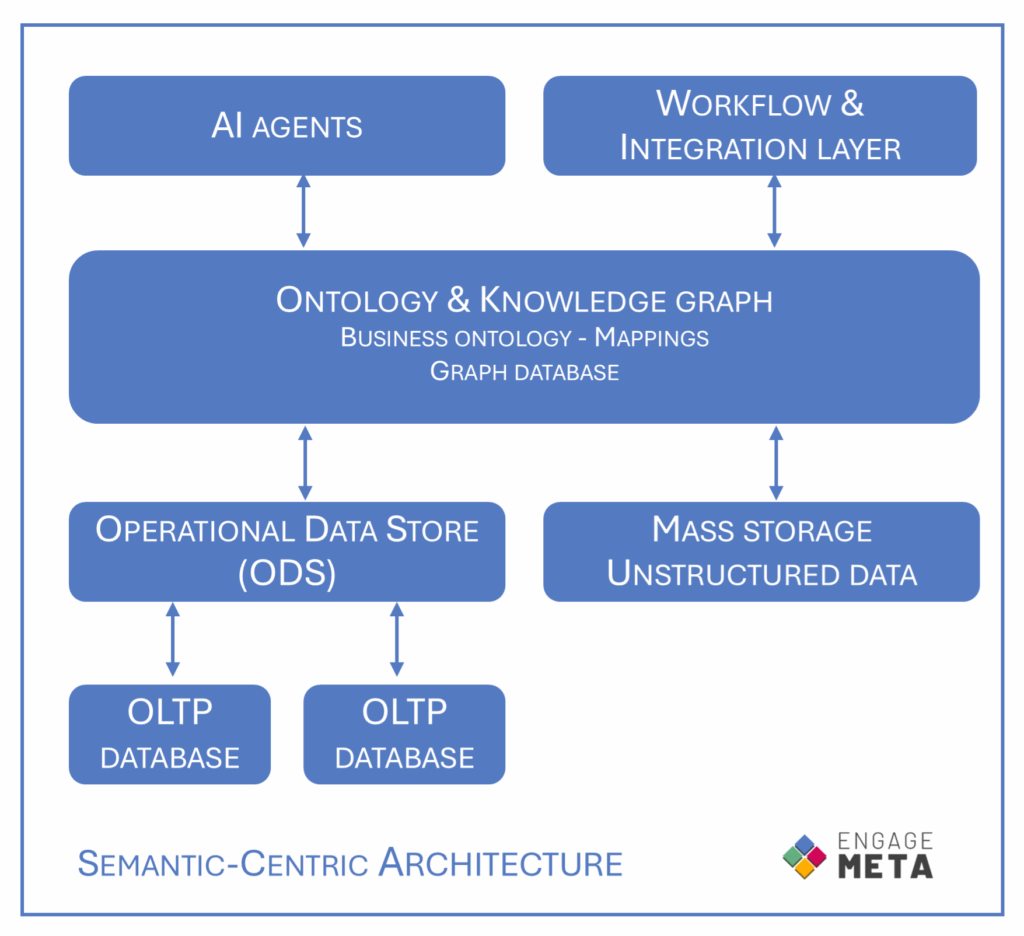
No-Coders Assisted by AI
We are moving from IT based on CPUs and software engineers toward IT based on GPUs and no-coders assisted by AI.
As the chart shows, we need to keep in mind some strategic ratios:
- Traditional IT (Now) => (100% CPU, 100% software engineers) + (0% GPU, 0% AI No-Coders)
- AI-Driven IT (Target) => (40% CPU, 30% software engineers) + (60% GPU, 70% AI No-Coders)
With this kind of shift, the entire IT department needs to reinvent itself — not to mention the management of AI agents, which must be seen as a new task force to organize and lead!
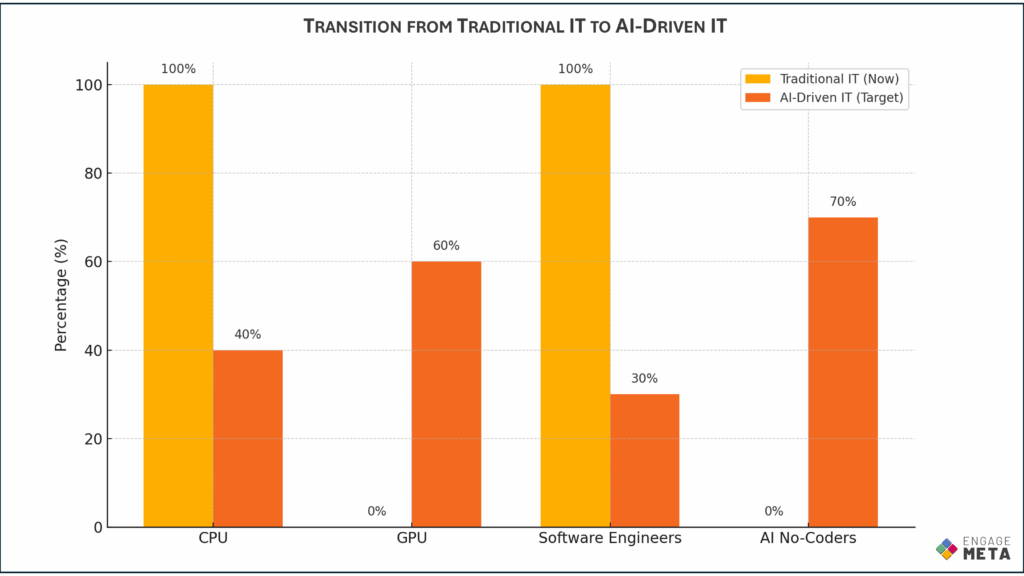

Pierre Bonnet, the founder of the community
With over 30 years of experience in the computer industry as an expert in Enterprise Architecture and data governance, Pierre Bonnet is the founder of Engage-Meta.
Since 2022, he has been working with AI experts based in Vietnam. He is the originator and principal author of the TRAIDA framework for Transformative AI and Data Solutions. He is also an experienced entrepreneur in the tech and beverage industries. He has formalized an innovative approach to accumulating knowledge through a framework called META, which stands for Motion, Engagement, Treasury, and Assurance. This framework includes an additional process named WASI, which stands for Write, Analyze, Share, and Innovate. This process is essential for formalizing the knowledge needed to train AI systems and fostering a positive mindset to optimize AI use.
To contact me: pierre.bonnet@hlfl-consulting.com
My PROFESSIONAL PROFILE (PDF)
My last book (Available on Amazon)
No, my latest book isn’t about AI — it’s about the importance of knowledge formalization for success in business. I’m sharing my experience as an entrepreneur.
A lot of books on entrepreneurship are biographies of successful entrepreneurs or best practices on how to make a fortune. The former recount inspiring journeys but ones which are difficult to reproduce; the latter are often too academic. Some propose original methods for business management, but the practices are more targeted to specific entrepreneur profiles like start-ups.
These points of view are complementary, and I wanted to collate them in a single guide. To do so, I have had to step back from my own entrepreneur story to be able to derive a sufficiently universal framework from it that is not limited to my individual experience. As I like to formalize my knowledge, it was a good challenge to put pen to paper.
If you want to PARTNER WITH US
Using the WASI process (Write, Analyze, Share, Innovate) to transform tacit knowledge (both individual and collective) into explicit knowledge across the organization and to better train AIs. More information HERE.
In addition to the evolution towards AI and associated data management, it is also worthwhile to study the contribution of NoCode solutions to accelerate return on investment and enhance the power of deploying new solutions. Although NoCode is not a new approach, its combined use with AI is a game-changer. Discover how with the example of the startup Drinkizz HERE.
My dual skills in entrepreneurship and data management with digitalization feeds on my engineering spirit that loves method and formalization. However, to be able to model and put knowledge in writing is not common in engineering. My education taught me that analysis and written formalization are assets for success. In a context where agile methods are often not well-used (too intense trial-error process) and digitalization is too IT oriented, this ability to model and write is rare. You probably have seen it around you and perhaps in your own way of working.
The Engage-Meta community places more emphasis on formalizing knowledge in order to increase the relevance of analysis. Once the formalized approach is adopted, the execution is carried out with less stress, and more resilience on the road to success. It was therefore natural for me to set the example of this formalization in my own fields of expertise. I then created the META Framework. Each letter of the META forms an element in which the knowledge of an area of expertise is listed: Motion (to launch), Engagement (to act), Treasury (to finance) and Assurance (to protect). The Greek prefix meta expresses the idea of stepping back and taking time for analysis to better manage and accumulate knowledge. It is part of the DNA of the Engage-Meta community.
Today, the ability to clearly articulate knowledge in writing is fundamental for effectively utilizing AI. Your AI prompts should not be reduced to just a few lines but should resemble detailed briefs that help reduce hallucinations and increase the quality control of AIs. The META framework will help you organize your knowledge to better share it with others and with AIs. By enhancing your writing, analysis, sharing, and innovation skills, you will increase your ability to leverage AI. This is the process we refer to as WASI: Write, Analyse, Share, Innovate.
Because the META framework and the WASI process are universal, they can be reused in all areas of expertise. In a world of increasing complexity, knowledge is the fuel to improve your efficiency, better engage your teams and achieve your goals.
Our publications are open-source (Creative Commons) and free to use. You can reuse and enrich them in your own commercial and educational activities, provided that you cite the source: “www.engage-meta.com”

